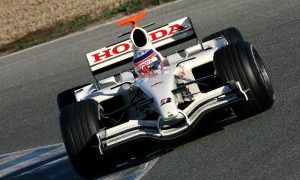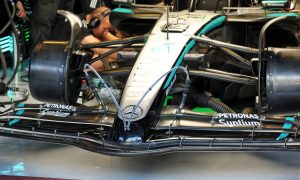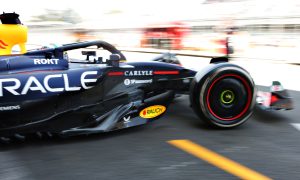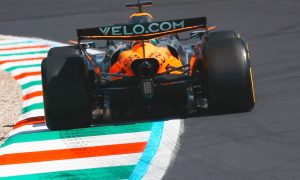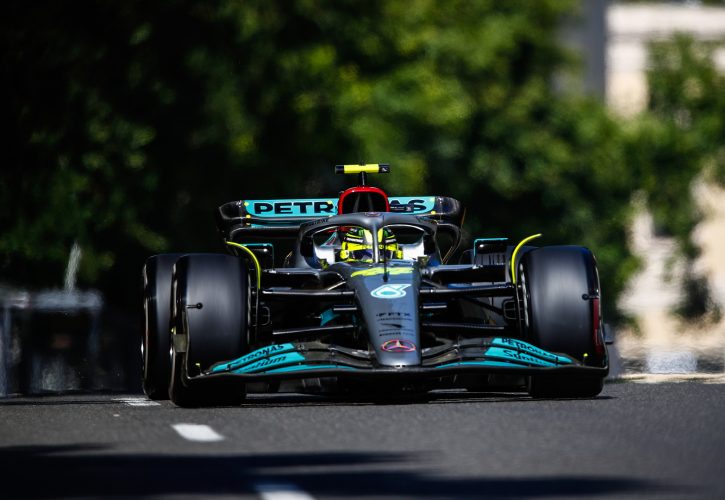
Formula 1 chief technical officer Pat Symonds admits that the widespread porpoising phenomenon that appeared at the start of 2022 wasn't on his team's radar during their research into the sport's new technical regulations.
F1 underwent wholesale changes to its rules ahead of 2022 in a bid to allow cars to follow each other more closely, to improve overtaking opportunities and boost the spectacle on the track.
Symonds' and his team of engineers relied on ground-effects rather than on a car's wings to produce most of the latter's downforce.
But the approach opened the door to the appearance of a high frequency vertical bouncing movement called porpoising and caused in large part by aero forces circulating within a car's underbody.
Mercedes was heavily impacted by the issue, with both Lewis Hamilton and George Russell suffering from significant back problems after the Azerbaijan Grand Prix, which compelled the FIA to step in and introduce a technical directive to help reduce or eliminate porpoising.
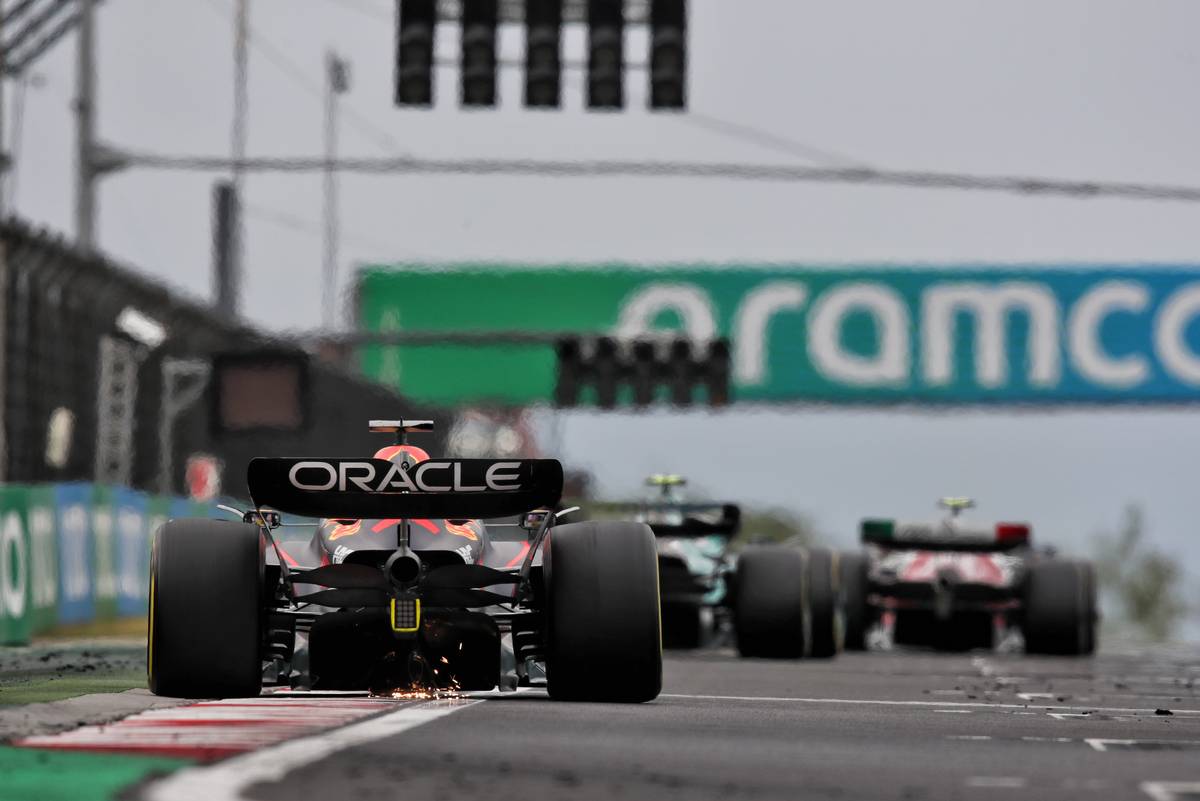
The governing body eventually imposed a metric limiting a car's vertical moment which forced a number of teams to increase the ride height of their car and to implement change their car's underbody.
"I think they overreacted a bit after Baku," Symonds told Auto Motor und Sport. "In Baku we saw the worst impact because a team tried something that didn’t work and then went public quite loudly.
"Had they not intervened, the problem would have been solved. Most teams now understand how to control bouncing."
Read also:
Indeed, engineers, including at Mercedes, eventually came to grips with the chronic phenomenon.
But although porpoising was a well-known by-product of Formula 1's ground-effects era in the late seventies and early eighties, Symonds admits the problem wasn't foreseen by himself or his team when F1's new regs were in the process of being devised.
"I have to admit, it wasn’t on our radar, but we should have had it," conceded the former Williams and Renault technical director.
"We had the ability to discover it beforehand because we worked with dynamic simulations.
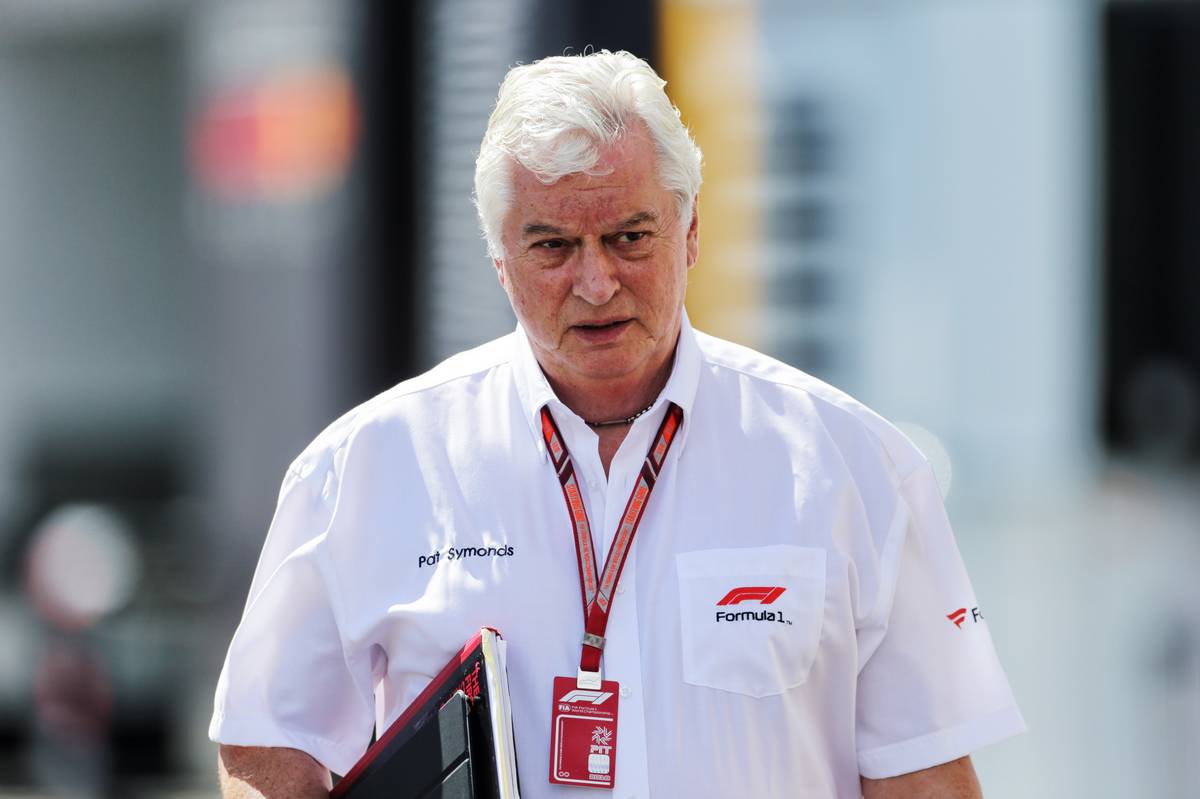
"For example, we used them to check what happens when a car spins and gets air under it. So the type of accident that Mark Webber once had in Valencia.
"This requires special software that we could have used to anticipate and understand the bouncing.
"I should have known too, because I used to work on ground effect cars. I had simply forgotten. Without a doubt, bouncing changed things. The teams first had to solve this problem before they could work on their aerodynamics.
"Bouncing is not purely an aerodynamic problem. A lot of mechanics also play a role, for example the suspension stiffness."
The consensus in 2022 among teams and drivers was that the sport's new rules fulfilled their objective of making overtaking easier.
But the efforts deployed by the aerodynamic departments of F1's biggest teams meant that the new rules did not level the playing field as much as Symonds had hoped.
"We underestimated that some teams still have large aerodynamics departments that got more out of the new rules," he said.
"But we are hopeful that the gap from front to back will narrow quickly. This could already be observed to a small extent during the season."
Keep up to date with all the F1 news via Facebook and Twitter



